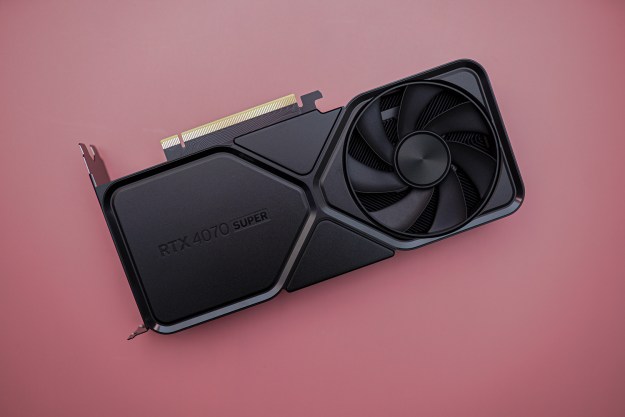Nvidia is trying to explain what exactly what went wrong to cause the botched launch of its new GeForce RTX 3080 graphics card.
Despite announcing the date and time of its release, many customers struggled to find an RTX 3080, with Nvidia’s own site still displaying a “notify me” button well after it had sold out. The traffic to the site slowed its servers to a crawl, which resulted in its notification emails going out nearly an hour after the 6 a.m. launch.
In a FAQ post Monday morning, Nvidia states that it had ten times the volume of visitors to its site as it did with its previous launch of the 20 series cards, and it was simply unprepared for the traffic.
This extended to its retail partners and third-party manufacturers, some of which reportedly saw traffic that beat out their Black Friday numbers.
Nvidia said it is increasing its production output weekly, and has adjusted its manufacturing based on this unprecedented demand.
It has also implemented new anti-bot techniques to prevent the launch day issues where algorithms were ready to snatch up any supply before real-life customers could get a chance.
This includes featuring a CAPTCHA at checkout, having a dedicated storefront, and reinforcing the store’s code to prevent traffic from shutting it down. Nvidia also claimed it manually canceled hundreds of orders that had been made using bots before any units shipped.
Since September 17, purchasers have banded together to make sure anyone that wants a card is aware of the stock at Nvidia and its retail partners, forming a community aimed at defeating the bots. One community has even implemented scripts to notify you when a retailer has stock in order to give yourself a fighting chance to purchase a card before the supplier runs out.
As of writing Monday morning, not a single outlet has inventory, although some have promised more this week.
Editors' Recommendations
- Nvidia could flip the script on the RTX 5090
- The RTX 4090 is more popular on Steam than any AMD GPU
- Nvidia RTX 50-series graphics cards: news, release date, price, and more
- You shouldn’t buy these Nvidia GPUs right now
- The RTX 4090 is past its prime, and that’s OK




